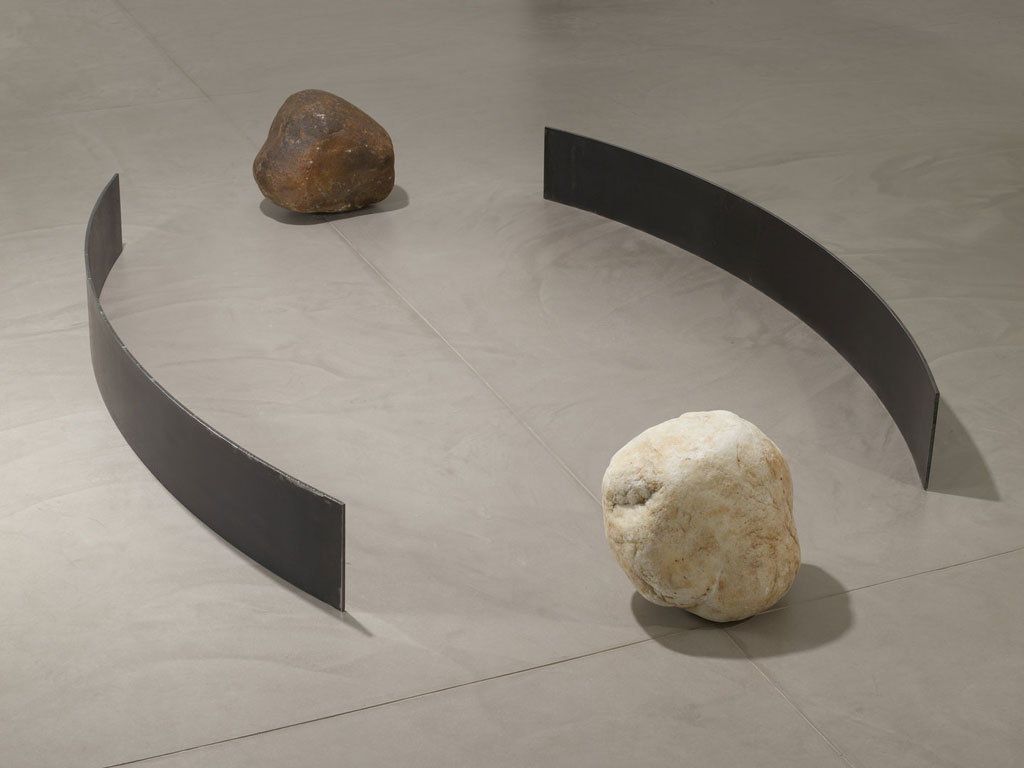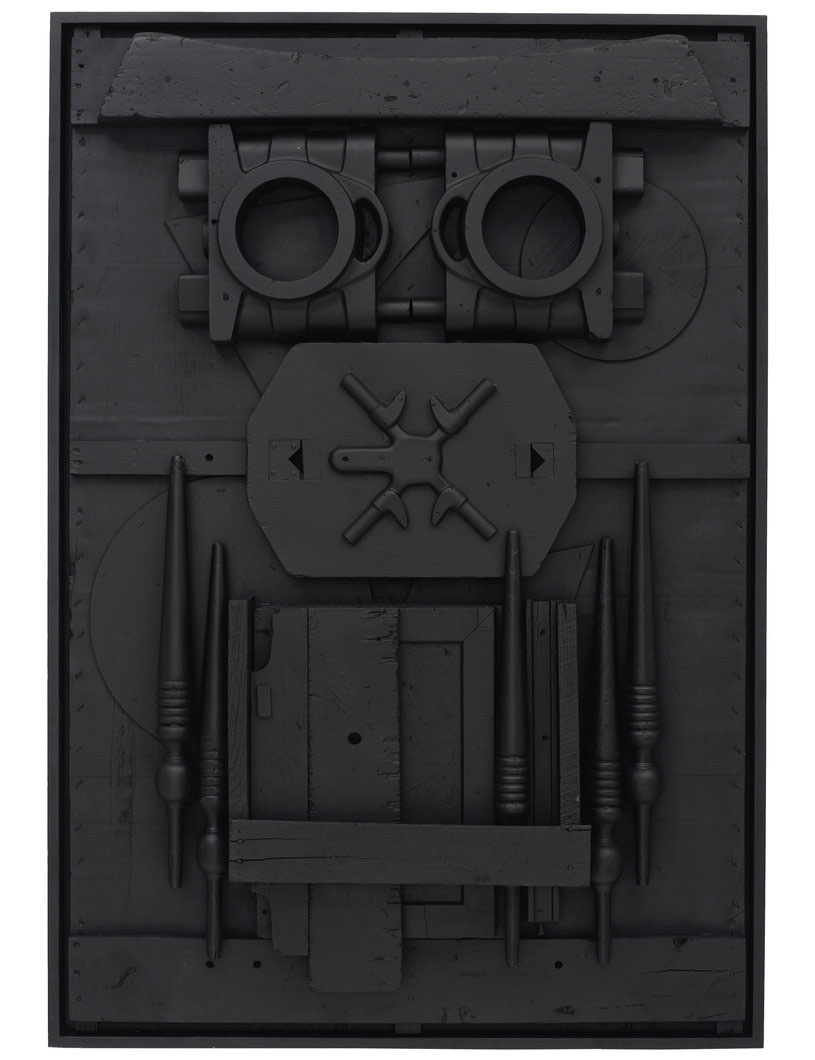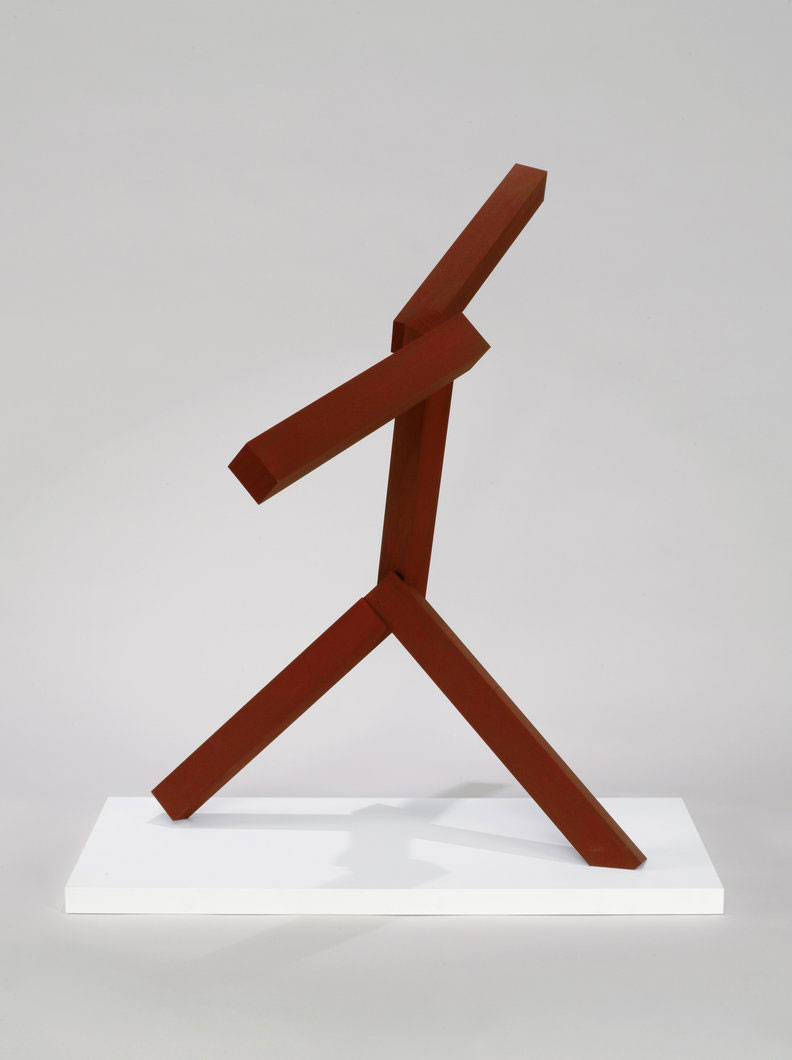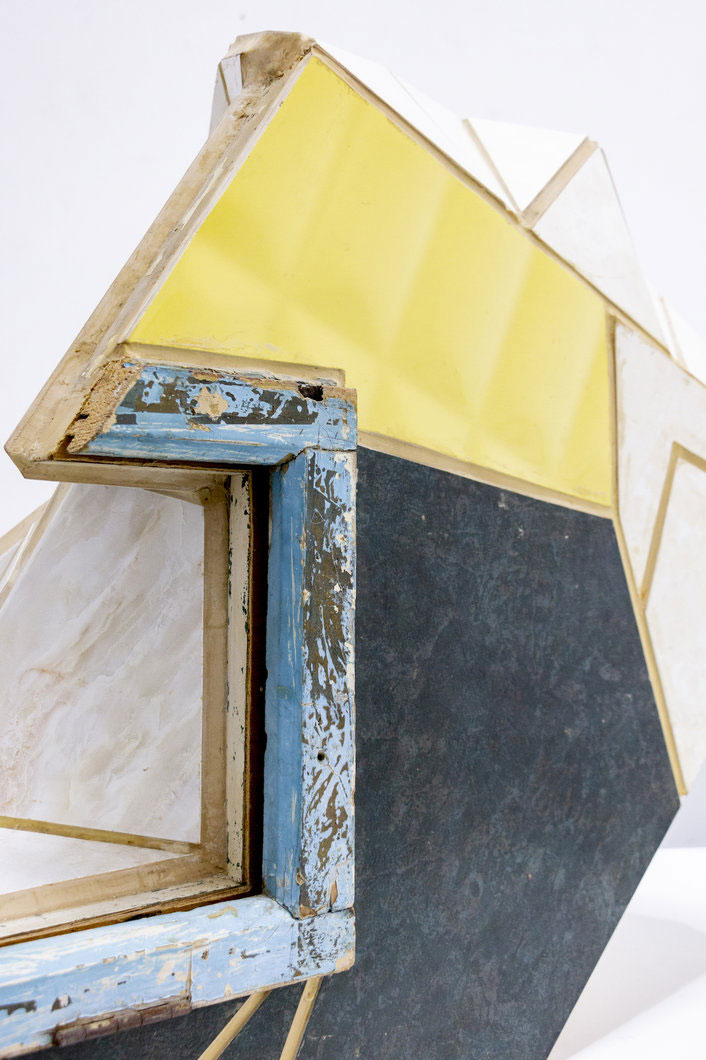ART CITIES:Hong Kong-Chewing Gum III
 Against teleological modes of eating, chewing gum stresses the moment of taste and texture. This notion unites the group of artists in the group exhibition, “Chewing Gum III” all of whom have highly process-oriented practices in media such as installation, painting, photography, sculpture and video, dwelling on ideas of production and meditation.
Against teleological modes of eating, chewing gum stresses the moment of taste and texture. This notion unites the group of artists in the group exhibition, “Chewing Gum III” all of whom have highly process-oriented practices in media such as installation, painting, photography, sculpture and video, dwelling on ideas of production and meditation.
By Efi Michalarou
Photo: Pace Gallery Archive
“Chewing Gum III” is the third in a series of exhibition, following “Chewing Gum” (12/5-3/6/2015) and “Chewing Gum II” (10/2-11/3/2017). This exhibition continues Pace Gallery’s sustained studies of the individual creative states of contemporary artists from different temporal, regional, and cultural backgrounds, with a special focus on relationships between “object and object”, “people and object”, and “people and people”. The exhibition includes a sculpture by Lee Ufan, who emerged as one of the leading figures of the Japanese Avant-Garde group Mono-ha in the late 1960s. “Relatum – expansion place” (2008) arose from his rigorous search for the precise stone to juxtapose industrially produced steel plates. With these two elements in dialogue, Lee connects nature to human consciousness. Contrary to Lee Ufan’s outward direction of expansion, Song Dong is known for using quotidian materials and waste from the outside world and turning them into works of self-expression, as seen in his “Usefulness of Uselessness” series. Simultaneously poetic and political, personal and global, this work characteristically explores broader biographical experiences. Similar links between the internal and the external can be found in other works in the exhibition. Joel Shapiro’s untitled red sculpture derives from the abstract, geometric style of Minimalism and elicits a sense of movement. He straddles figuration and abstraction with his arrangement of simple oblong beams, which suggests active human forms that appear to reach, balance and dance. Shapiro’s sculptures are capable of expanding from the space in which they are located. Louise Nevelson utilized found objects and discarded pieces of wood gathered from city streets, transforming disparate elements into unified structures. Her esteemed free-standing and wall-mounted sculptures, including “Symphony 3” (1974) and “Untitled” (1976-78), use her iconic black paint, which infuses the works with the illusionary depth of light and shadow into the works, the artist elicits a three-dimensional sensation and a spiritual quality, encouraging the viewer to read the internal relationships within the sculptures with their own life experiences, summing up the objectification of the external world into a personal landscape. Another celebrated sculptor from the same period, Tony Smith expressed organic simplicity that functions both in isolation and in dialogue with the surroundings, found here in his work “Generation” (1965). As Smith said: “Generation is the first piece I thought of as a certified monumental expression. I don’t think of it as personal or subjective. I attempted to make it as urban and objective as possible”. Tim Eitel presents a near-abstract simplicity that imbues his world with a serene and meditative atmosphere. “Conversation” (2018) and “Photograph” (2018) are figurative oil paintings that present a complete impression of the artist’s tranquil, compelling spaces. They highlight Eitel’s command of color, technique and form, and showcase his ongoing investigation of interior space, memory and perception. The pictures are a series of relationships between elements, of juxtapositions between people and spaces, and of the resistance and coexistence between the individual and the collective. With the same practice of turning elements of everyday life to the abstract, Irving Penn’s “Seven Metal, Seven Bone” (1980) and “Construction with Nut, New York” (1980), both from the artist’s “Archaeology” series, achieve abstract structure by reprocessing and reorganizing mundane objects, erasing the traces of human life, and giving new aesthetic values to these substances, along with new internal contexts. Kiki Smith is known for her multidisciplinary practice relating to the human condition and the natural world, focusing on incorporating animalistic elements into her work since the mid-1990s. Using a wide range of media, as in “Ejaculating Snake II” (2006) made of ink on Nepalese paper, and “Prelude” (2014), a large-scale glasswork; the artist explores the rich terrain of human and natural forms, of which decay, rebirth, and the cycles of the seasons, nature, and eclipses are recurring themes. Lee Kun-Yong works from the inside out, incorporating his own body into his gestural paintings and investigating the essence of art and its existence through perpetual experiments with body and space. “The Method of Drawing” is a term Lee uses in reference to his bodily drawings. He records the movements of his body using acrylic paint, leaving traces of his trajectories on canvas.
Info: Pace Gallery, 12/F, H Queen’s, 80 Queen’s Road Central, Hong Kong , Duration: 25/5-4/7/19, Days & Hours: Tue-Sat 11:00-19:00, www.pacegallery.com



